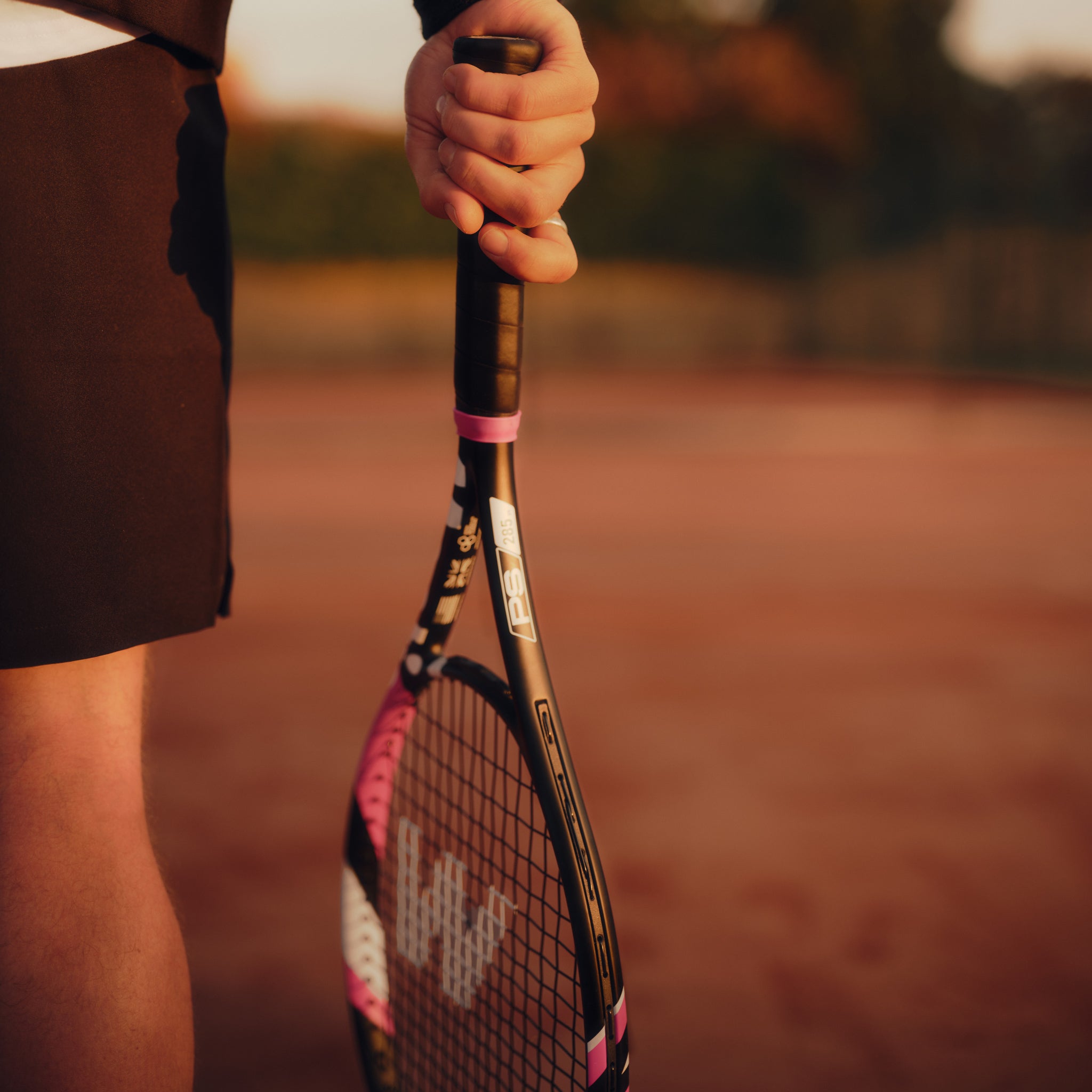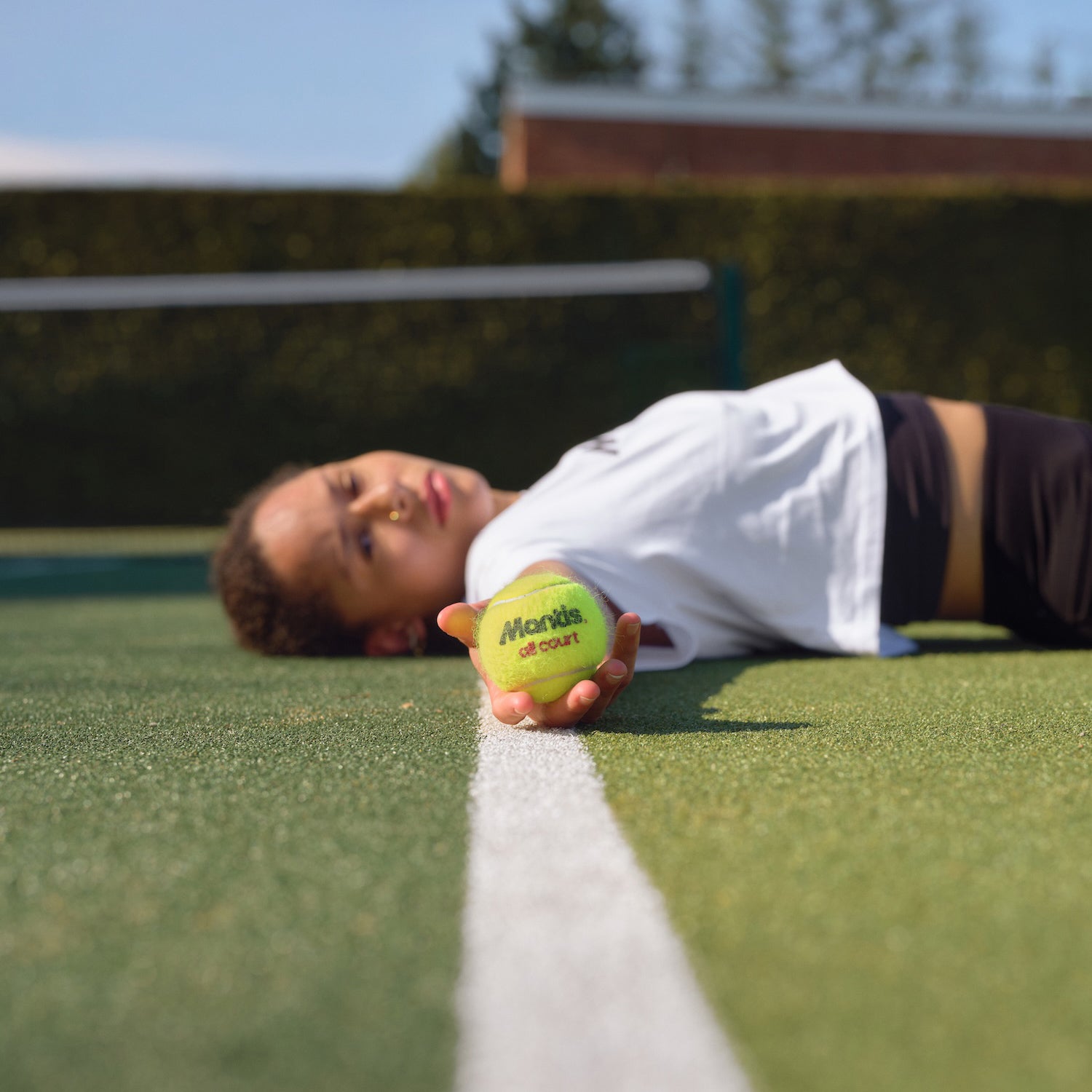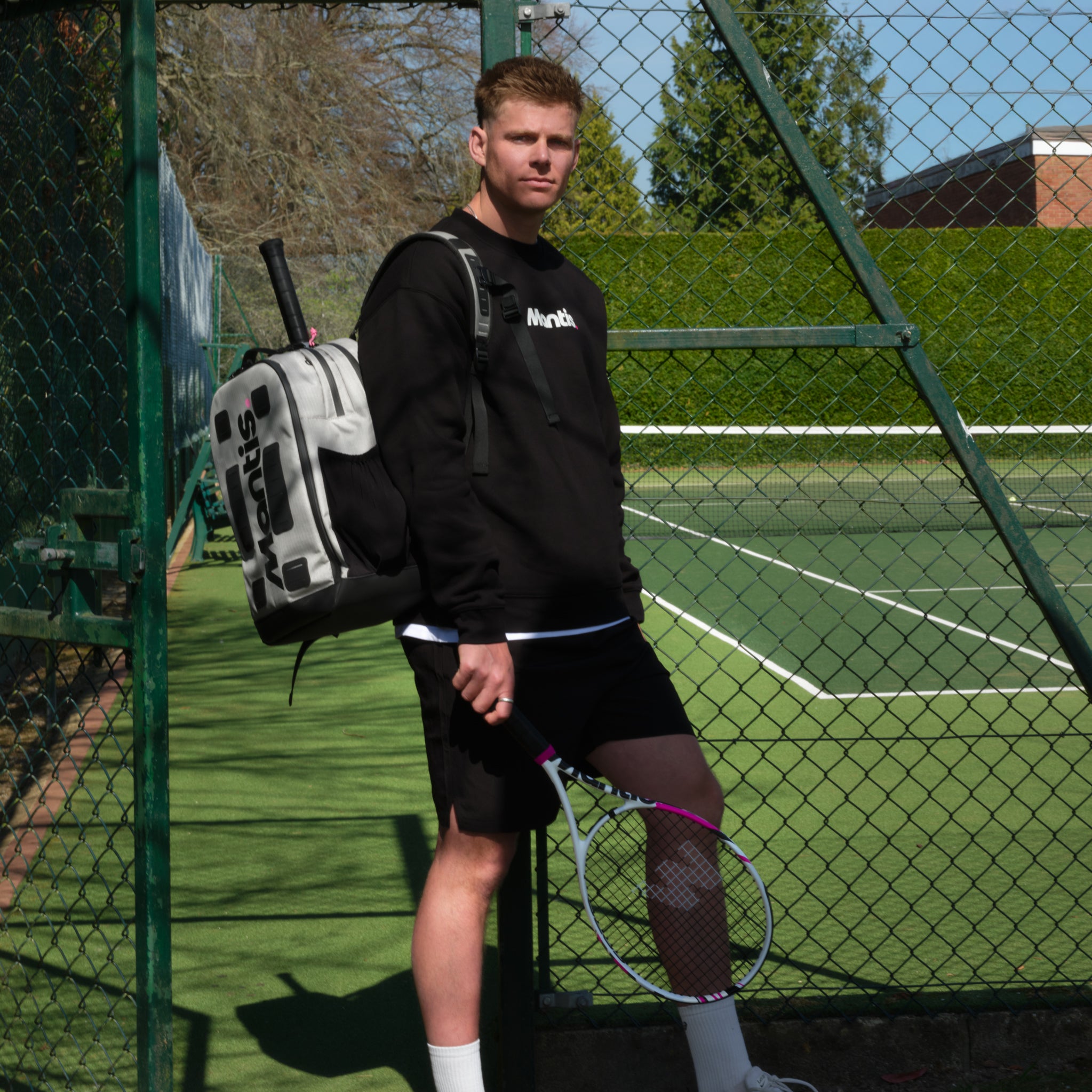
In this article, Mantis presents nine essential tennis balls tips designed for 2025 players and coaches who want to stay ahead. Discover how the right knowledge about ball types, maintenance, and selection can give you a competitive edge.
Tennis is experiencing a new era, with technology and science transforming every aspect of the game, including the tennis balls used on court. As the sport advances, so does the importance of understanding how tennis balls can impact play at every level.
From choosing the ideal tennis balls for different surfaces to mastering care routines that extend their lifespan, these insights will help optimise your performance, maximise equipment value, and elevate your training sessions. Ready to unlock your full potential? Let’s dive in.
Understanding Tennis Ball Types and Their Impact on Play
Choosing the right tennis balls can transform your training and match experience. The two main types are pressurised and pressureless, each offering unique benefits for different situations. Understanding their differences is key to making the best choice for your game.
Here's a quick comparison:
| Feature | Pressurised Balls | Pressureless Balls |
|---|---|---|
| Bounce | Higher, more lively | Lower, consistent |
| Feel | Softer, responsive | Firmer, durable |
| Lifespan | Shorter | Longer |
| Best For | Matches, tournaments | Practice, coaching |
Court surface also plays a crucial role. On clay, grass, or hard courts, bounce and wear can vary dramatically. For a deeper dive into how surfaces impact tennis balls, check out the Different Tennis Court Surfaces Guide.
The construction and felt quality of tennis balls affect spin, speed, and control. High-quality felt grips the strings better, giving advanced players more control over shots. Regulations for competitive play, set by governing bodies, define which balls are approved for tournaments, ensuring fair play and consistency.
Weather conditions like humidity and temperature influence how tennis balls perform. For example, high humidity can make balls heavier and slower, while heat increases bounce. Savvy coaches adapt their ball selection to match these variables, gaining a subtle but important advantage.
Longevity matters too. Consistent performance over time is crucial for skill development and match readiness. By understanding these factors, players and coaches can make informed decisions that directly impact results on the court.
9 Essential Tennis Balls Tips for 2025 Players and Coaches
Seeking a competitive edge in 2025? Mastery starts with the details. These nine essential tips will help players and coaches get the most from their tennis balls, from selection and storage to sustainability and innovation. Let’s dive in and discover how to make every bounce count.
Tip 1: Choose the Right Ball for Your Court Surface
Selecting tennis balls that match your court surface is crucial for high-level play. Clay, grass, and hard courts each affect bounce and wear differently. Clubs and coaches should tailor their selection strategies to optimise performance. For more in-depth advice, see this guide on Choosing the Right Tennis Ball.
Tip 2: Monitor Ball Pressure and Bounce Regularly
Consistent ball pressure ensures reliable play. Regularly check for loss of pressure by performing simple bounce tests at home. If tennis balls lose their bounce or feel flat, it’s time to replace them. Keeping an eye on pressure helps maintain quality training and match conditions.
Tip 3: Store Tennis Balls Properly to Extend Lifespan
Temperature and humidity can quickly affect tennis balls. Store them in a cool, dry place, and avoid direct sunlight to preserve pressure and felt quality. Clubs should keep balls in airtight containers, while players at home should avoid leaving them in cars or damp areas for best results.
Tip 4: Rotate Balls During Practice Sessions
Rotating sets of tennis balls during practice promotes even wear and a consistent feel. Keep match balls separate from training balls to maintain accuracy in both settings. Schedule regular replacement and rotation to ensure training always mirrors real match conditions.
Tip 5: Understand Ball Wear and When to Replace
Look for visual cues like worn-out felt or a slick surface, and check for a lack of bounce. Worn tennis balls can hinder skill development and may even pose a safety risk. Coaches should set clear guidelines for replacement, especially in high-usage environments like clubs or academies.
Tip 6: Use Tennis Balls for Specific Drills and Skill Development
Different drills benefit from varying tennis balls. Use pressureless balls for agility or reaction drills, and opt for pressurised ones for serving and accuracy exercises. Adapting ball choice helps youth and advanced players progress, making sessions both challenging and rewarding.
Tip 7: Consider Environmental Factors Affecting Ball Performance
Altitude, temperature, and humidity impact tennis balls’ bounce and durability. Choose balls designed for indoor or outdoor use as needed. Data shows that extreme weather can shorten ball lifespan, so adapt your selection to the environment for consistent performance year-round.
Tip 8: Recycle and Reuse Old Tennis Balls Responsibly
Tennis balls contribute significantly to sports waste. Get creative by using old balls in coaching aids, footstools, or club equipment. Many recycling programmes now accept tennis balls, letting clubs and players support sustainability initiatives while reducing their environmental footprint.
Tip 9: Stay Updated on Tennis Ball Innovations and Regulations for 2025
New tennis balls technologies and changing standards are on the horizon for 2025. Coaches and players should stay informed about regulations and product updates. Regularly consult industry resources to adapt quickly and maintain a competitive advantage with the latest tennis balls.
Enhancing Player and Coach Collaboration Through Tennis Ball Selection
Open communication between players and coaches is the secret ingredient when it comes to choosing the right tennis balls. A quick chat before practice can unlock insights into each player's preferences, strengths, and even the subtle changes in how the balls perform on different days.
Collaborative ball trials are a game changer. Coaches often experiment with various tennis balls during sessions, inviting players to share their feedback on bounce, feel, and spin. This approach not only personalises training but also builds confidence as athletes see their input shaping equipment choices.
Involving athletes in the decision-making process fosters a sense of ownership and responsibility. When players feel heard, they’re more likely to engage fully in drills and matches, knowing the selected tennis balls match their needs.
For more industry insights on effective tennis balls selection and coach-player teamwork, explore racketbusiness.com.
Maximising Training Efficiency with Quality Tennis Balls
Quality tennis balls are the secret ingredient behind every productive training session. When players and coaches use balls with a consistent bounce and reliable feel, every drill becomes more effective, making skill acquisition and tactical practice smoother and more enjoyable.
Imagine running a footwork drill, only to have an unpredictable bounce break your rhythm. That is why investing in the best tennis balls is crucial for both safety and performance. Reliable balls help reduce the risk of injury, as players can trust each shot and movement.
Regular checks should be built into every club or team's routine. Simple bounce tests and visual inspections keep subpar balls out of play. Curious about which balls perform best? Explore the Tennis Balls Collection to compare options suited for every training need.
Some clubs have seen noticeable improvements just by upgrading their tennis balls and scheduling replacements. Players reported better focus, more competitive rallies, and faster progress during sessions.
Feedback loops are powerful. By encouraging coaches and athletes to share their experiences with different balls, Mantis ensures continuous improvement in equipment management. This collaborative approach raises club standards, turning good training into great results.
So, now you’ve got the know how to pick, care for, and use tennis balls like a pro—are you ready to put it into action? Whether you’re a coach guiding the next generation or a player chasing your best game, every detail matters. The right ball can make your rallies sharper, your drills more rewarding, and your training sessions more fun. I know how much these small choices add up in the long run. If you’re serious about progress and crave gear that matches your dedication, Mantis is here for committed amateurs. Let’s keep raising the bar together.








